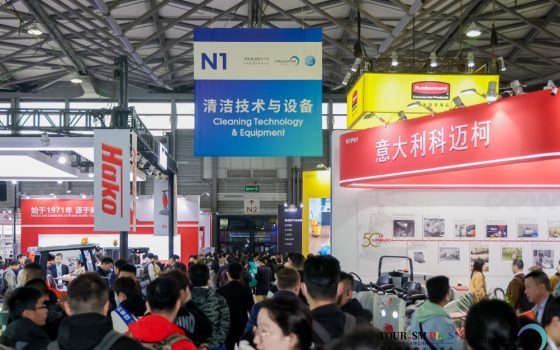The Greening of the Logging Industry
Wood is a beautiful, industrious material. The logging industry has long been seen as an enemy of the environment. There is perhaps no other more iconic symbol of the green movement than a tree, so people naturally have a bad image of anything associated with destroying trees.
While this characterization was largely accurate a century ago, the logging industry has changed. People involved in the industry are finding that their profits can be larger and more sustainable if they operate more like a farm than like a gold mine. That is, they can manage their operations in such a way that there is a renewal of the timber stand for future harvest, rather than simply cutting the trees that are there and allowing brush and weeds to take over.
The sustainability extends far beyond the management of the trees and land. Equipment is evolving as well. Most heavy equipment was traditionally built out of a single metal or alloy, one with limited durability against wear and corrosion. When high-use areas wore out, it was usually more economical to replace the entire machine, leaving tons of metal and other materials as waste.
Chrome Carbide Overlay
But the equipment industry is beginning to work around this, and their customers are becoming more green in the process. Equipment built to modern standards now utilizes chrome carbide overlay in high-friction areas. On a bulldozer, for example, there may be standard steel in the blade and in the arms that push that blade, but the pivot points where the blade is raised and lowered may be reinforced with this alloy to extend their life. When high-dollar, critical areas of a machine last longer, the whole machine lasts longer.
The pulpwood industry exemplifies the new approach to management. Companies lease or buy large tracts of land and sequentially plant them in fast-growing pines for pulp production—10 percent of the land planted each year, then 10 percent harvested each year after 10 years of planting.
But hardwoods can work this way as well. These species were once harvested through a process known as high-grading, in which only the best trees are cut. This leaves behind undesirable species, which serve as the seed source for the new trees that grow where oak and hickory once stood. Over time, the quality of the timber stand is badly degraded.
Hardwoods are now managed as a sustainable crop, with a long-term reforestation plan that includes removal of undesirable species and improved care for soil and water. Only select specimens of the best species are harvested so that regrowth will maintain or improve the percentage of quality wood in the area.
Why Veneer is a Good Choice
The final product is evolving as well. The most valuable timber is known as veneer boards, which are segments of the trunk with flawless grain that can be shaved thinly and applied to less expensive structural wood. This technique has been used for years and has cut consumption of old-growth timber by utilizing cheaper woods for the actual body of the wood with only a small amount of oak, maple, or other woods on the surface.
Yet this has gone even further now. Durable synthetic materials like vinyl can now be used with patterns from real wood to create a wood-look material that performs better than real wood. Its tolerance for moisture and its durability are greater than those of wood, and they use only a small amount of cork wood as a backing to create a softer walking surface.
Because of its beauty and versatility, there will always be a demand for wood. The logging industry is realizing more and more each day that its products will always be sought by consumers, so they’re making adjustments to their processes to ensure that they will remain profitable and environmentally responsible while still turning out those in-demand products.
">




















